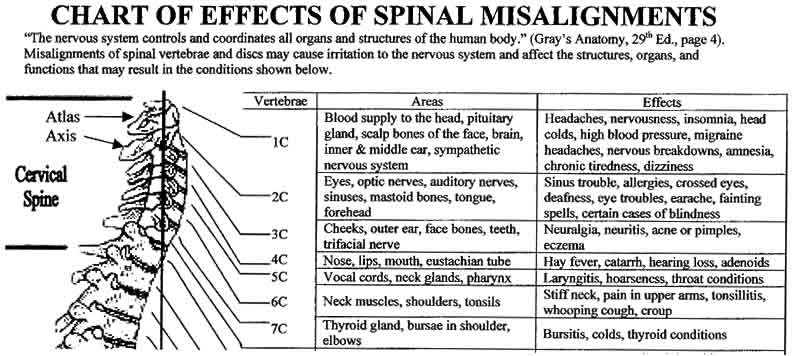

- ALTERNATIVE TO NECK DIAGRAMS UPDATE
- ALTERNATIVE TO NECK DIAGRAMS FULL
- ALTERNATIVE TO NECK DIAGRAMS FREE
So in theory a fretboard chart only needs to show the first 11 frets: you could just slide the whole thing down and start over with what used to be the open note at the 12th fret. This is usually marked on the fretboard with an inlay of two dots. That is, when an open string is tuned to E then the pitch of that string at the 12th fret will also be an E, just one octave higher. The notes on the fretboard begin to repeat at the twelfth fret. You can even create a diagram that shows the notes along a single string if you want to. Typically the 8th string is dropped another five half-steps (frets), tuned to F♯, so you can see the notes on the fretboard of an eight-string guitar in the standard tuning by entering F# B E A D G B E into the tuning field (as mentioned above, Fs B E A D G B E and F♯ B E A D G B E work equally well). Like an extended bass guitar, the extra string on a 7-string is one fifth lower than the low-E - tuned to B - yielding BEADG. The standard 7-string or 8-string guitar tuning works exactly the same way. For the conventional 5-string bass tuning, add a string tuned to B below the E, leaving you with BEADG. For example, to see the neck of a 4-string bass guitar in the standard tuning, just type EADG into the box. So to generate a fretboard for an arbitrary number of strings just change the number of notes listed to match the number of strings. The tool can create a fretboard diagram for any number of strings.Įach note in the tuning field reflects the tuning of a different string. The legendary 2-string bass? Prog rock fan with an 8-string guitar? Not a problem. You can even map the notes on the neck those extra-wide, extended-range guitars that have more than six strings. We also have a small list of common alterative guitar tunings, if you're looking for inspiration.īeyond the regular 6-string guitar fretboard, you can create fretboard charts for bass or ukelele by entering just 4 notes in the tuning field - one for each string. To see the fretboard chart for the Open E tuning just enter the note to which each string is tuned: namely E B E G# B E. To be clear that's not the only thing you need to change when retuning from the standard EADGBE to Open E - the second and third strings also need to be tuned to a different pitch (from A to B and from D to E, respectively) - that's just the only sharp note. Open E includes a sharp note: the fourth string is tuned up one half-step from G to G♯.

For that matter you can use the letter s to mark sharp notes and the letter f to mark flat notes, but those are most convenient when you creating the URL for a fretboard diagram by hand.įor example, you may be familiar with the Open E tuning, which lets you play an E chord by simply strumming the open strings. You can actually use the real sharp and flat symbols - ♯ and ♭ - but those aren't nearly as easy to type. Just add # or b after the base note to specify a sharp (#) or flat (b). If you want to map a tuning that includes sharp or flat notes, you can do that too.
ALTERNATIVE TO NECK DIAGRAMS UPDATE
The diagram will update automatically to show you the notes on the fretboard under this new tuning. To see the notes across the entire fretboard for the Drop-D tuning, simply edit the tuning description to change the first string from E to D.
ALTERNATIVE TO NECK DIAGRAMS FULL
Just list the note to which each string is tuned in the box marked "Tuning".įor example, to tune your guitar to the popular Drop D tuning you lower the pitch of the low E string (the thickest, top-most string) by one full step, from E to D. In addition to the standard tuning for guitar or for bass guitar, you can create fretboard charts for an arbitrary tuning. (You can also use the "Generate" button to trigger a refresh if you need to.) The guitar neck diagram will update automatically as you make changes to the form, so there's no need to "submit" the form or reload the page to see the impact of a change to the configuration.
ALTERNATIVE TO NECK DIAGRAMS FREE
But we'd like to think this fret map is pretty easy to use, so feel free to just poke around with the controls above. These tips are intended to help you take full advantage of the tool. See the note for every fret on each string on the neck of your guitar in any tuning, any number of frets or number of strings.įor example, you can create a guitar fingerboard note map, bass guitar fingerboard map, a custom 5 string bass fretboard map (B E A D G tuning), and so on. Use this interactive tool to create a map of the notes on the neck of your guitar.


 0 kommentar(er)
0 kommentar(er)
